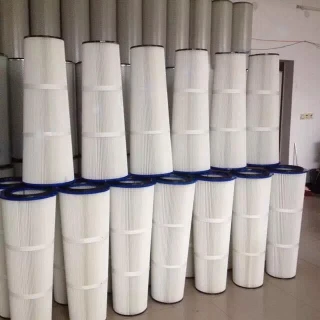Dec . 25, 2024 15:49 Back to list
Exploring the Unique Properties and Applications of Reflective Glass in Modern Design
The Fascinating World of Reflective Glass
Reflective glass is a remarkable material that has transformed modern architecture and design, allowing for unique aesthetic effects while enhancing functionality. This type of glass has a specialized coating that reflects light, often providing a mirror-like finish that can serve various purposes in buildings, vehicles, and even art installations. The allure of reflective glass lies in its ability to shape environments, playing with light and perception in ways that traditional glass cannot.
One of the primary uses of reflective glass is in commercial and residential buildings. Architects and designers have embraced it for its ability to blend structures into their surroundings by reflecting the sky, trees, and other elements of the environment. For instance, a skyscraper clad in reflective glass can mirror the clouds and landscape, creating a dynamic interplay with nature. This blending not only enhances the visual appeal but also minimizes the environmental impact by reducing the need for extensive landscaping around the building.
Moreover, reflective glass significantly contributes to energy efficiency. The reflective coating helps to reduce heat absorption from sunlight, allowing buildings to maintain a more stable internal temperature. This leads to lower energy consumption for cooling, an increasingly vital aspect in the face of rising global temperatures. With energy regulations becoming stricter, the demand for energy-efficient materials like reflective glass is on the rise.
reflective glass

In addition to its practical applications, reflective glass serves as a canvas for artistic expression. Many contemporary artists and installation creators incorporate reflective elements into their works to explore themes of perception, illusion, and the relationship between viewer and artwork. For example, by using reflective glass in sculptures, artists can manipulate how light interacts with the piece, creating a constantly changing visual effect that draws the viewer in. This transformation of perception can lead to deeper engagement with the artwork and provoke thoughtful introspection.
However, the use of reflective glass is not without its challenges. While it can enhance the beauty of a structure, excessive reflection can create glare and disruption for nearby inhabitants and wildlife. Designers must carefully consider the location and orientation of reflective surfaces to mitigate these issues. Sustainable design approaches incorporate not just aesthetic considerations but also ecological impact, ensuring that the use of reflective glass contributes positively to the environment.
Addressing the urban heat island effect—an issue where urban areas become significantly warmer than their rural surroundings—reflective glass can also play a role. By reflecting sunlight, buildings equipped with reflective glass can help lower local temperatures, contributing to a cooler environment. This aspect is increasingly important as cities seek to combat the adverse effects of climate change.
In conclusion, reflective glass is a multi-faceted material that bridges the gap between beauty and functionality. Its applications in architecture, energy efficiency, and the arts showcase its versatility and importance in modern society. As we move towards a future that prioritizes sustainable practices, reflective glass is positioned to remain a pivotal element in our built environment, shaping how we interact with light and space as we navigate the complexities of urban life. In a world where aesthetics and ecology increasingly intersect, reflective glass stands out as a beacon of innovation and creativity.
-
Safety and Style with Premium Laminated Glass Solutions
NewsJun.24,2025
-
Reinvents Security with Premium Wired Glass
NewsJun.24,2025
-
Premium Float Glass Line for Modern Architecture
NewsJun.24,2025
-
Low Emissivity Glass for Energy-Efficient Architecture
NewsJun.24,2025
-
High-Performance Insulated Glass Solutions for Modern Architecture
NewsJun.24,2025
-
Elevates Interior Style with Premium Silver Mirror
NewsJun.24,2025
Related PRODUCTS














